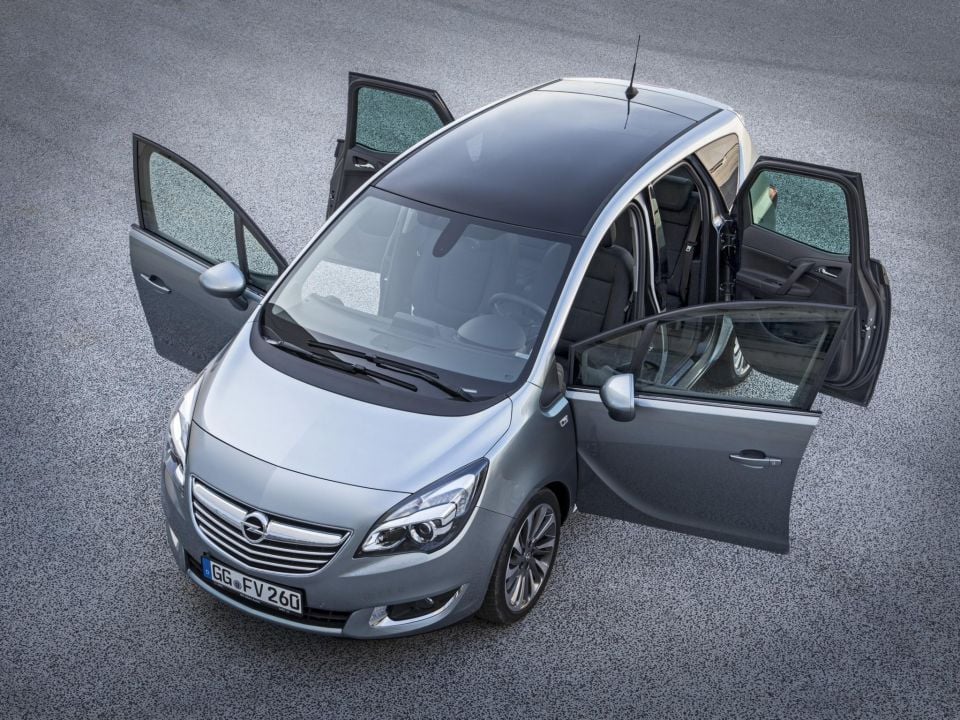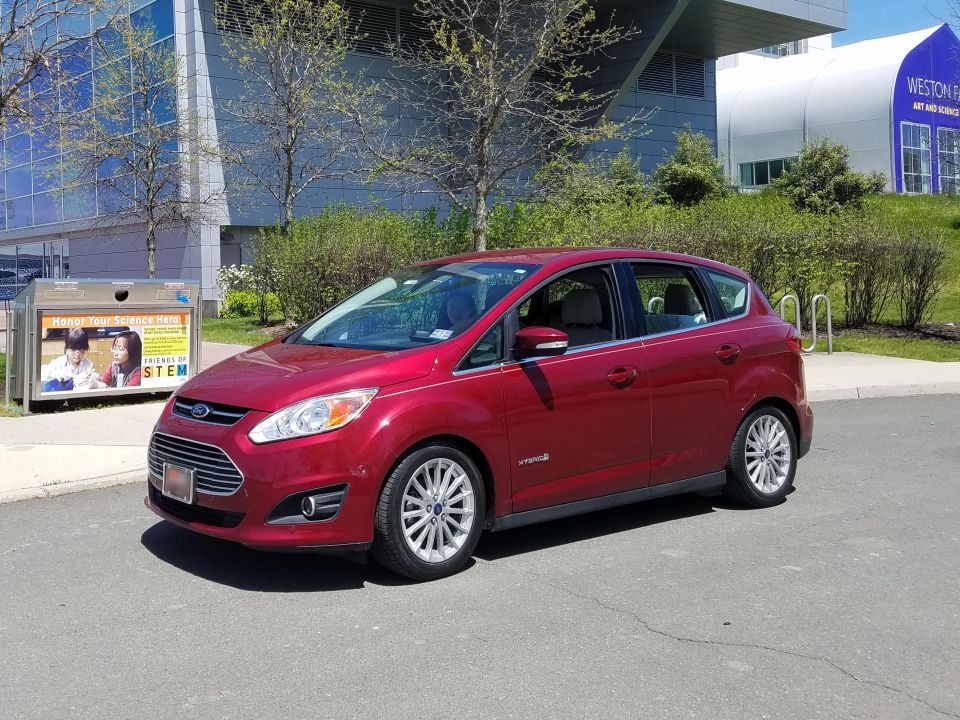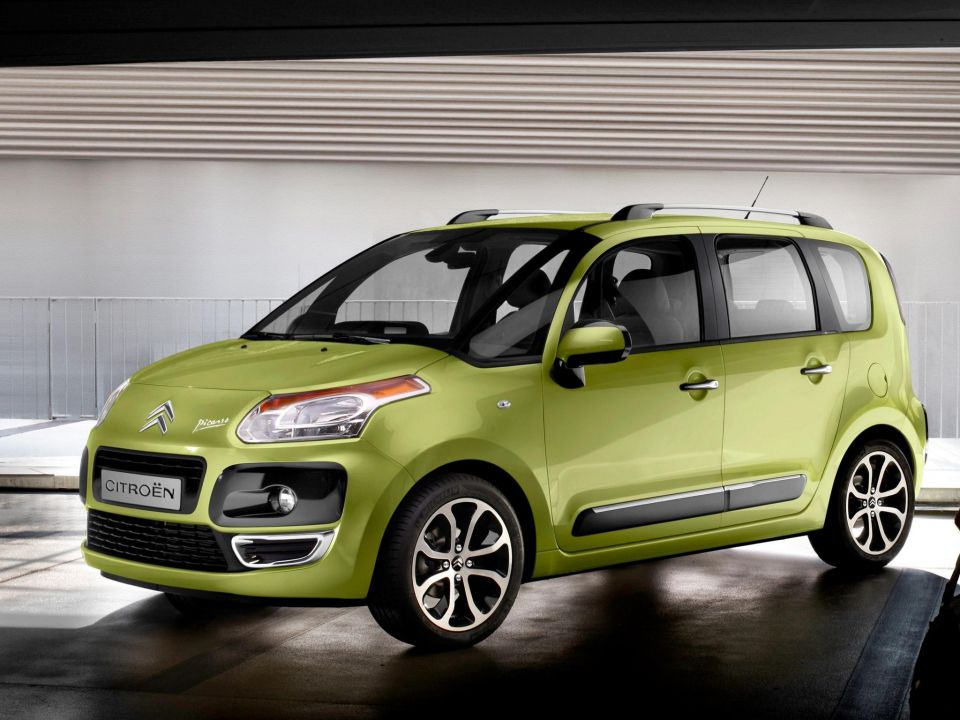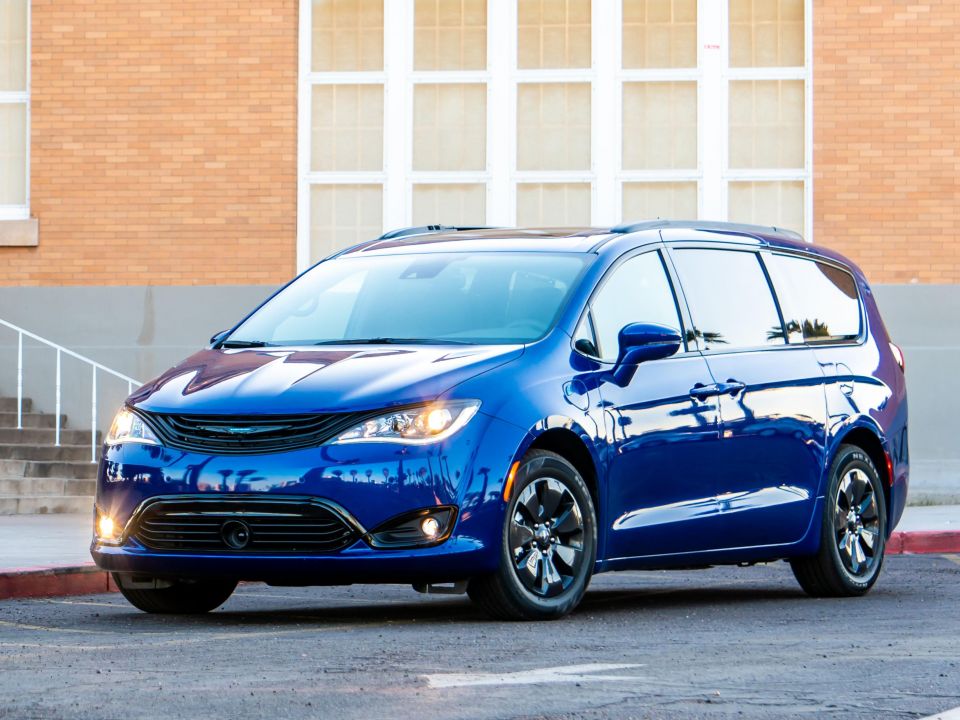

Damion Smy
Hyundai teases Staria EV ahead of likely January reveal
1 Hour Ago
Crossovers are less practical people movers, but with much better marketing people behind them.

Journalist


Journalist
If you need proof that image, even more so than practicality, pricing or features, is key to automotive success, you need only look at the contrasting fortunes of crossovers and people movers.
Over the last decade crossovers have gone from a growing niche to the dominant automotive type in many parts of the world.
Why are people buying crossovers? I’d wager most do so because they have a family to cart around, not due to a burning desire to take it off-road.

Recently I spent a lot of time thinking about this as I looked around for my first vehicle since moving to New York City.
Consider the two cars that were on my shopping list: the Mazda 5 and the Ford C-Max.
The former is not quite 4.6 metres long, but has a third row more comfortable than all SUVs this side of a Chevrolet Tahoe or Ford Expedition. It’s also fun to drive, so much so my father-in-law once told to me slow down and stop fanging it around Yosemite National Park.
And thanks to its sliding doors, entering or exiting the second or third row is easier than any crossover.

As for the C-Max, which is the one I bought in the end, it handles almost as well as the Focus, and doesn’t exhibit any of the floatiness or lean you get when you hustle an Escape.
I’ve already overcooked it a few times on highway on- and off-ramps, and both kids continued sleeping with barely a murmur.
It’s also easier to get into and out of than either of its siblings because you’re not stepping up or falling into the car. You just slide right in. About the only thing the Escape has over the C-Max is the speed at which it can handle speed humps.
Sadly, despite all these plus points, neither vehicle sold particularly well here in the States and have been discontinued.

Like all people movers, they’re burdened with the unfortunate image of being only for mums and dads transporting their kids to school or soccer, and that somehow the people driving them are dead on the inside.
Despite the fact that many crossovers are bought for the exact same reasons, they’re not similarly encumbered because their brochures boast young 20-somethings gearing up for a weekend of wake-boarding fun.
Once you remember most people don’t care what you drive – unless it’s something unusually exotic or expensive – it’s liberating to drive a vehicle that fits your needs instead of a marketing image.
No, I didn’t buy a people mover because I gave up on life, far from it in fact: I bought one because I love life and I love to drive.

If you’re like me and need something more practical than a traditional hatch or sedan, I heartily encourage you to try a people mover — most likely something secondhand — and compare it to a similarly-sized crossover.
Hopefully you too will come to enjoy the dying embers of this largely unloved market segment. With carmakers looking to cut down their bloated product lines and making furtive glances at their people movers, the future seems grim for anything that’s not a full-size model aimed at the US or China, or smaller models targeting Japan and Indonesia.
Does that mean the people mover is dead? I hope not.

Are you a happy people mover owner, or have you flirted with one only to buy something else? Let us know in the comments section below.
Where expert car reviews meet expert car buying – CarExpert gives you trusted advice, personalised service and real savings on your next new car.
Derek Fung would love to tell you about his multiple degrees, but he's too busy writing up some news right now. In his spare time Derek loves chasing automotive rabbits down the hole. Based in New York, New York, Derek loves to travel and is very much a window not an aisle person.


Damion Smy
1 Hour Ago


Damion Smy
5 Hours Ago


Damion Smy
7 Hours Ago


Damion Smy
7 Hours Ago


Damion Smy
7 Hours Ago


Josh Nevett
8 Hours Ago